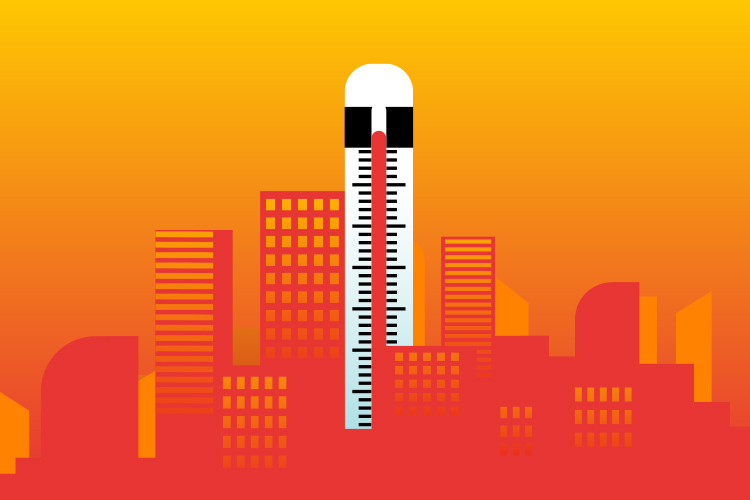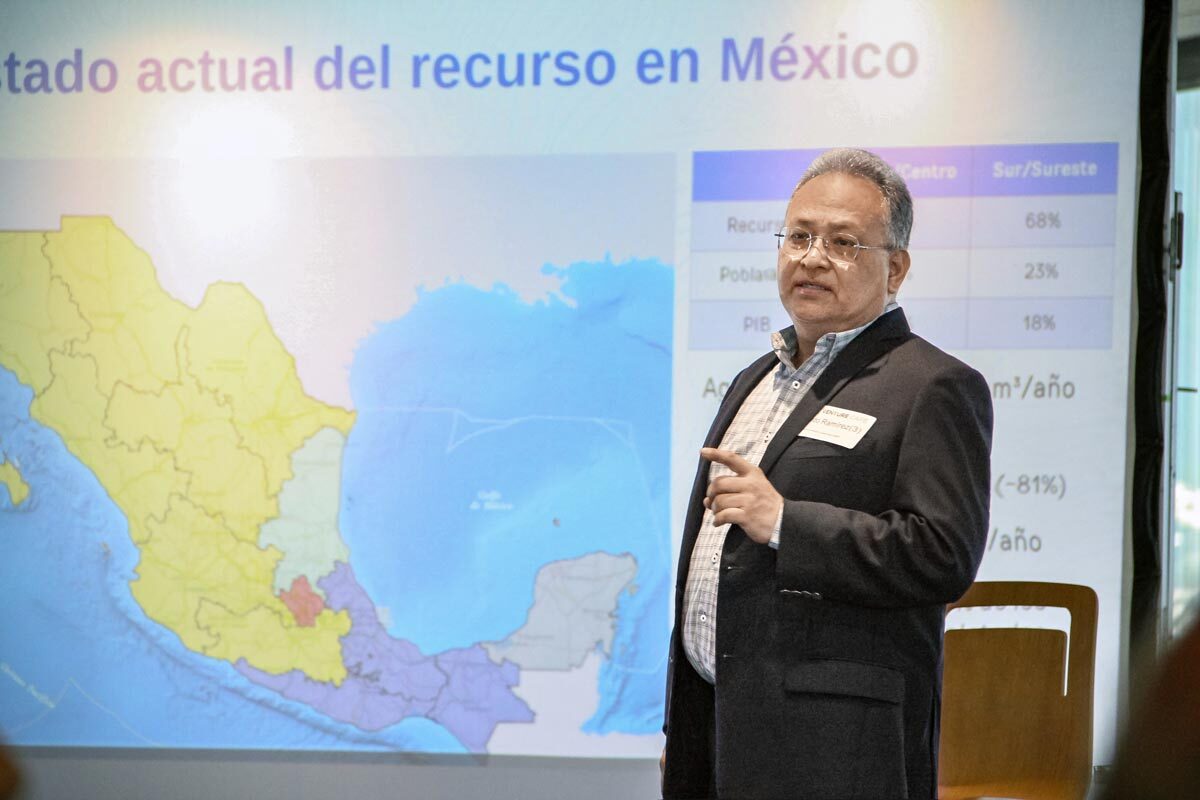Global temperatures from November 2022 to October 2023 broke a new record, rising 1.3 ºC above preindustrial levels. What does this mean? The planet is approaching the (1.5°C) limit that experts qualify as “irreparable” as it will cause loss of biodiversity, melting of Arctic sea ice, and the disappearance of islands or coastal areas.
Before the 1940s, Earth’s average temperature was 15°C. However, temperatures have been on the rise since the industrial age, causing damage to ecosystems and making natural disasters such as hurricanes stronger.
To examine this, the Climate Central organization have performed this attribution study (the objective of which is to determine whether an event is related to climate change).
According to these data, it would be the hottest 12-month period since records began. The analysis shows that 5.7 billion people were exposed to at least 30 days of above-average temperatures over this period.
“El Niño is just beginning to boost temperatures, but based on historical patterns, most of the effect will be felt next year. Rapidly reducing carbon pollution every year is required to halt the warming trend,” explains the study, which was published on November 9.
Mexico on the Map
According to the organization, Mexico is one of the most affected G20 members and North American countries.
“During the first half of the most recent year-long period (November-April), Saudi Arabia, Indonesia, and Mexico were the only G20 countries with an average Climate Shift Index greater than 1.”
The Climate Shift Index (CSI) is prepared by Climate Central to quantify how much climate change affects the daily temperature in any part of the world.
The CSI scale is centered on zero. A CSI level of 0 means that there is no detectable influence of human-caused climate change. A CSI level of 1 means that climate change is detectable (technically, the temperature is at least 1.5x more likely). CSI level 2 is at least 2x more likely.
Mexico has a score of 2.9, higher than the United States, which scored 0.6 on this scale.
CSI scale, according to the study “The hottest 12-month stretch in recorded history” from Climate Central). (Source: Climate Central)
High Temperatures
Over the entire year-long period, 90% percent of people (7.3 billion) experienced at least 10 days of temperatures very strongly affected by climate change, and 73% (5.8 billion) experienced more than a month’s worth of these temperatures.
The experts at Climate Central also examined exposure to dangerous, extreme temperatures, especially where conditions persisted for −at least− 5 days.
“We found that 1 in 4 people (1.9 billion) experienced a five-day heat wave (at minimum) that was strongly influenced by carbon pollution,” they explain.
They add that their findings confirm that climate burdens are both inequitable and emerging everywhere around the world.
“Least developed countries and small island nations had higher exposure to climate-driven heat, but climate change touched every country and intense heat waves occurred,” they said. (Climate Central & SMC Spain)


















